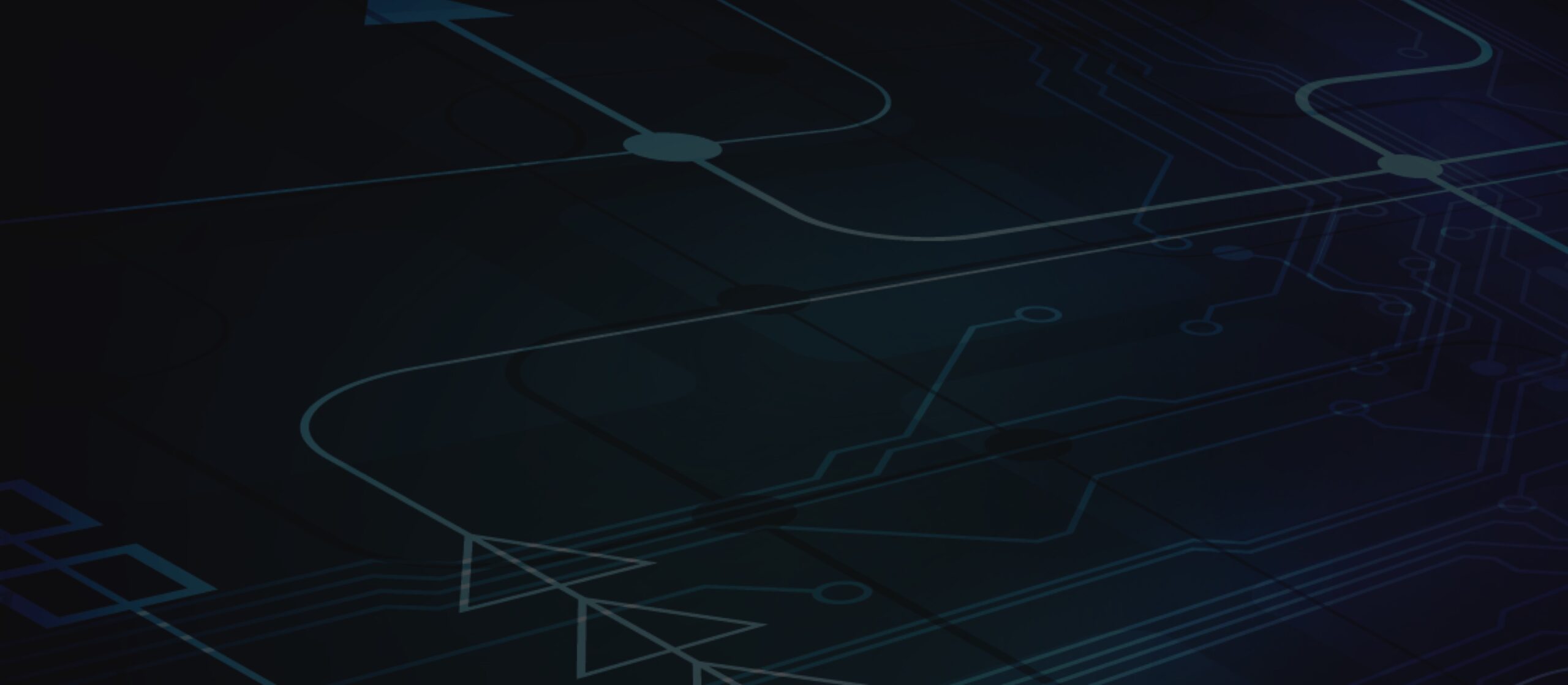
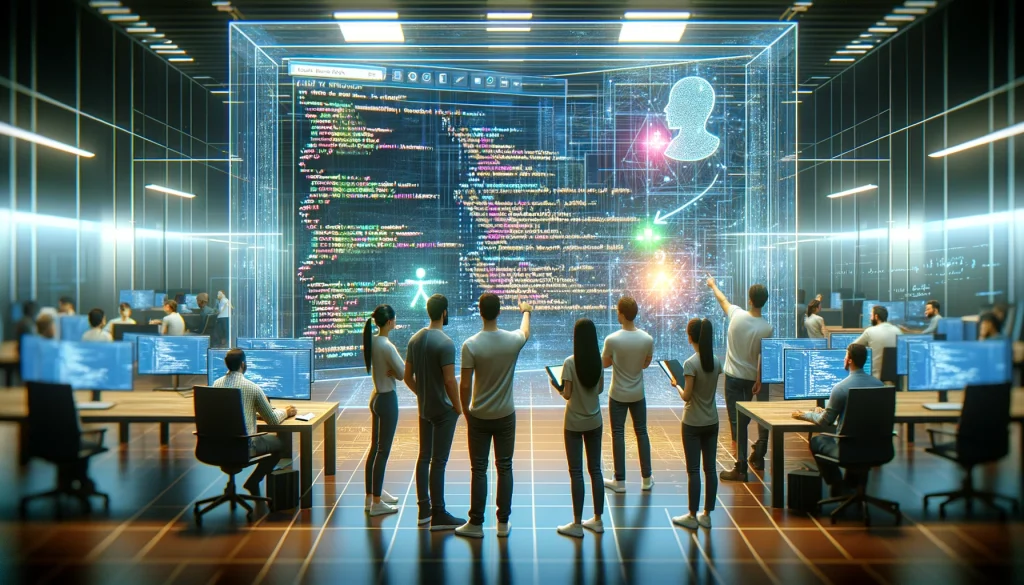
In the rapidly evolving world of software development, the emergence of Artificial Intelligence (AI) as a tool for generating code has been both a boon and a challenge. On one hand, it enhances software productivity, offering developers the chance to automate repetitive tasks and generate code quickly. On the other, it raises concerns about code authenticity and quality. This is where the need for an AI software code detector becomes paramount. In this article, we explore how you can detect AI-generated code in your software projects, ensuring the integrity and authenticity of your codebase.
Understanding the Role of AI Software Code Detector
An AI software code detector is a tool designed to differentiate between code written by humans and AI. Such tools are becoming increasingly important as more developers leverage AI to expedite coding processes. These detectors analyze code patterns, syntax, and other markers to identify AI-generated scripts. The significance of these tools extends beyond mere identification; they are crucial for AI software validation and ensuring that the AI-generated code meets quality standards.
AI vs. Human Code: The Differentiation Challenge
Differentiating AI-generated code from human-written code is no small feat. AI vs human code differentiation tools use advanced algorithms to scrutinize code structure and logic flow. These tools look for patterns that are commonly found in AI-generated code, such as repetitive syntax or overly generic comments that might not be as nuanced as those written by humans.
Enhancing Software Productivity with AI
AI-driven tools can significantly boost software productivity. They automate the generation of boilerplate code, perform routine tasks, and even suggest optimizations. However, integrating AI into your software development process requires a balance. AI software productivity gains must not come at the expense of code quality or authenticity.
AI-Driven Code Authenticity Verification
Verifying the authenticity of code is becoming increasingly crucial. AI-driven code authenticity verification tools examine the origin of code segments, ensuring they are the result of genuine human intellectual effort or appropriately disclosed AI assistance. This verification is essential not only for copyright compliance but also for maintaining the integrity of codebases.
Techniques for AI-Generated Code Analysis
AI-generated code analysis involves several sophisticated techniques. These include statistical analysis to identify anomalies in code patterns, machine learning models trained to recognize the characteristics of AI-generated scripts, and syntax evaluation algorithms. These techniques collectively contribute to the effective identification of AI-written code.
AI-Generated Code Quality Assessment
Ensuring the quality of AI-generated code is just as important as identifying it. AI-generated code quality assessment tools evaluate the code for efficiency, maintainability, and vulnerability to bugs or security breaches. These assessments help developers understand whether the AI-generated portions of their codebase uphold the project’s overall quality standards.
Tools and Strategies for Detection
- AI-Generated Script Detection Tools: These tools specifically focus on identifying scripts generated by AI. By analyzing coding patterns and comparing them with known AI-generated code databases, they can flag potential AI-generated scripts.
- AI-Written Code Detection Software: This software goes a step further by not only detecting AI-generated code but also providing insights into its potential weaknesses or areas that require human review. As of now, the only commercially available software is Code Author Detection by BlueOptima.
- Integration with Development Environments: Incorporating AI-generated code identification tools directly into the development environment can streamline the detection process. This allows developers to receive instant feedback and make necessary adjustments on the fly.
Best Practices for Implementing AI Software Code Detectors
To effectively incorporate AI software code detectors into your development workflow, consider the following best practices:
- Continuous Integration: Integrate AI-generated code detection into your continuous integration (CI) pipeline. Consequently, this ensures that code is automatically checked for AI-generated content before being merged into the main codebase.
- Regular Code Reviews: Even with automated tools, regular code reviews by human developers are invaluable. They can catch nuances and issues that automated tools might miss.
- Transparency and Documentation: Maintain transparency about the use of AI in code generation within your team and document instances where AI-generated code is used. This fosters an environment of trust and collaboration.
External Resources
- GitHub’s Copilot: A prime example of an AI-driven tool that aids in coding, yet highlights the necessity for AI-generated code detection.
- OpenAI’s Codex: Powers tools like GitHub Copilot, providing insights into the capabilities and challenges of AI-generated code.
- Academic Research: Numerous studies and papers have been published on the topic of AI-generated code identification, offering in-depth analysis and methodologies.
Incorporating the AI Software Code Detector into Your Workflow
Implementing an AI software code detector requires a thoughtful approach. Start by evaluating different tools to find one that integrates seamlessly with your development environment and meets your project’s specific needs. Educate your team on the importance of these detectors, ensuring everyone understands their role in maintaining code quality and authenticity.
Conclusion
As AI continues to make inroads into software development, the ability to detect AI-generated
code becomes increasingly essential. Employing an AI software code detector is not just about safeguarding against potential issues in code quality or authenticity; it’s about embracing the future of software development responsibly. Additionally, these tools and practices enable teams to harness the power of AI for software productivity while maintaining a high standard of code integrity and reliability. By integrating AI-generated code identification, analysis, and quality assessment into the development process, organizations can ensure that their projects benefit from AI advancements without compromising on the human ingenuity that drives innovation. In this evolving landscape, the careful application of AI-driven code authenticity verification will be a cornerstone of successful, forward-thinking software projects.
Related articles...
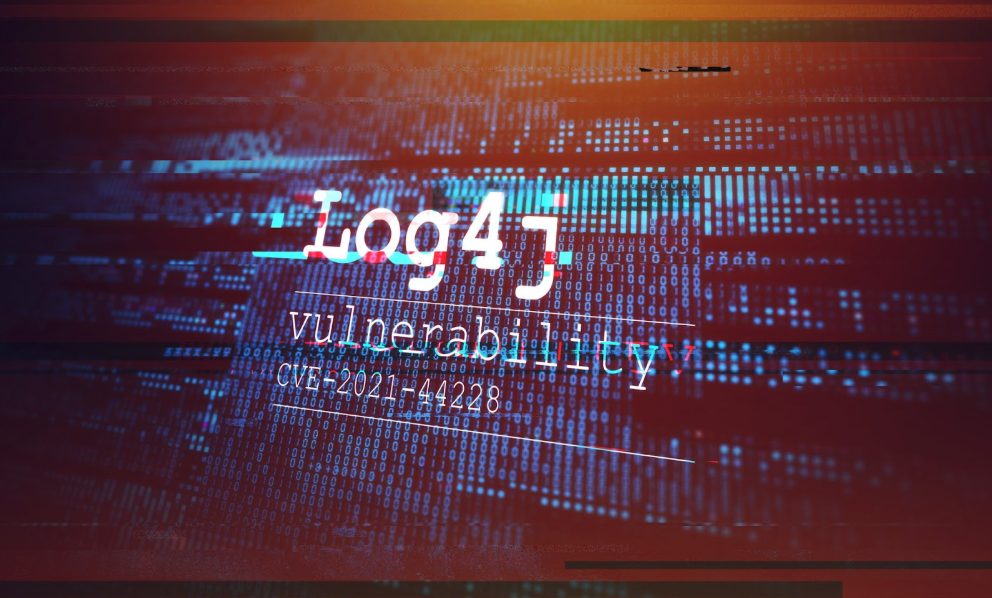
Article
Inside the $55 Billion Breach Puzzle: What Data Breaches Really Cost Enterprises
When thinking about the financial impact of cybersecurity breaches, the…
Read More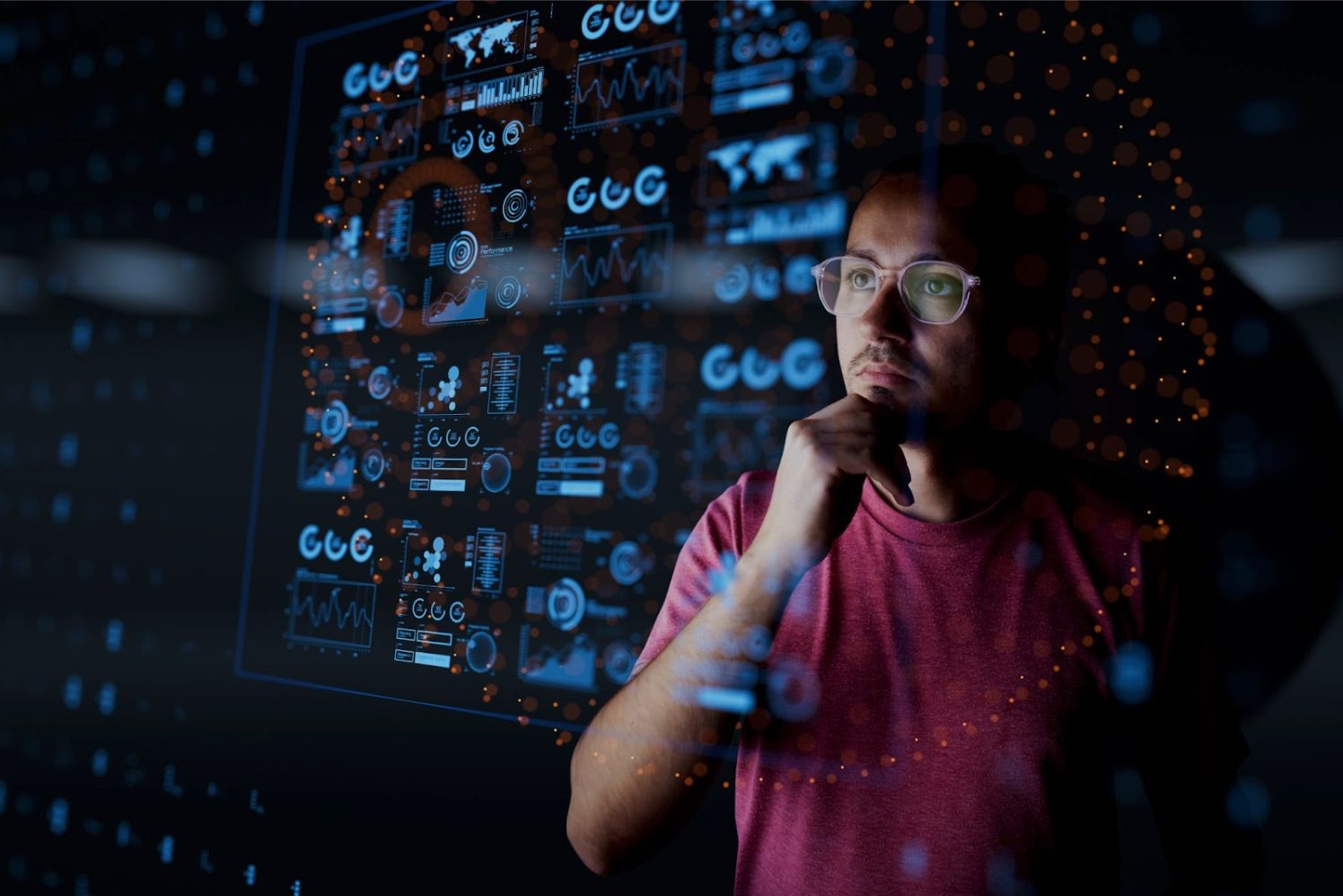
Article
How Software Quality Metrics Boost Team Performance
Measuring software delivery speed has become second nature for many…
Read More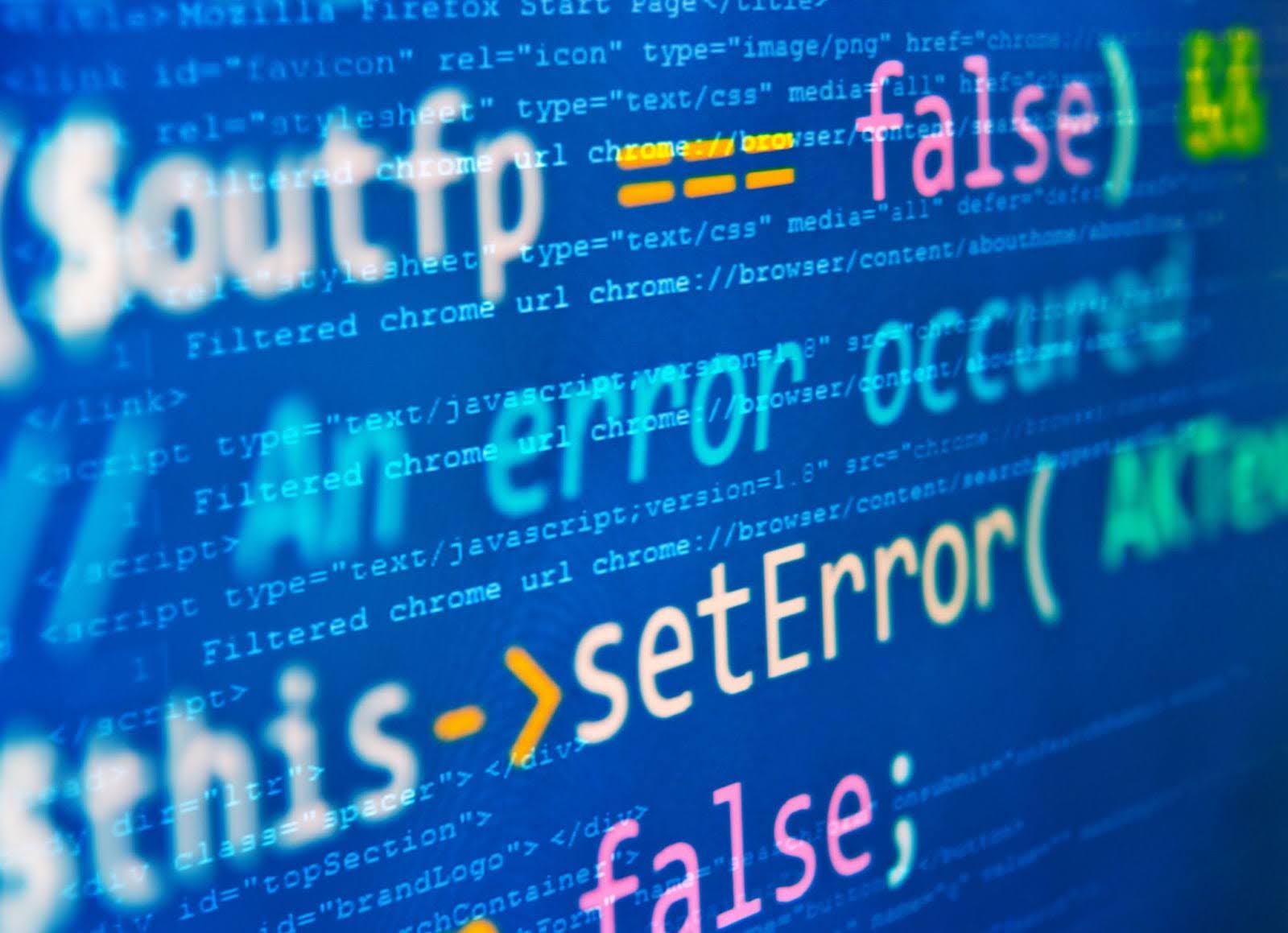
Article
The Real Price of Technical Debt
For understandable reasons, businesses often prioritise speed over software quality….
Read More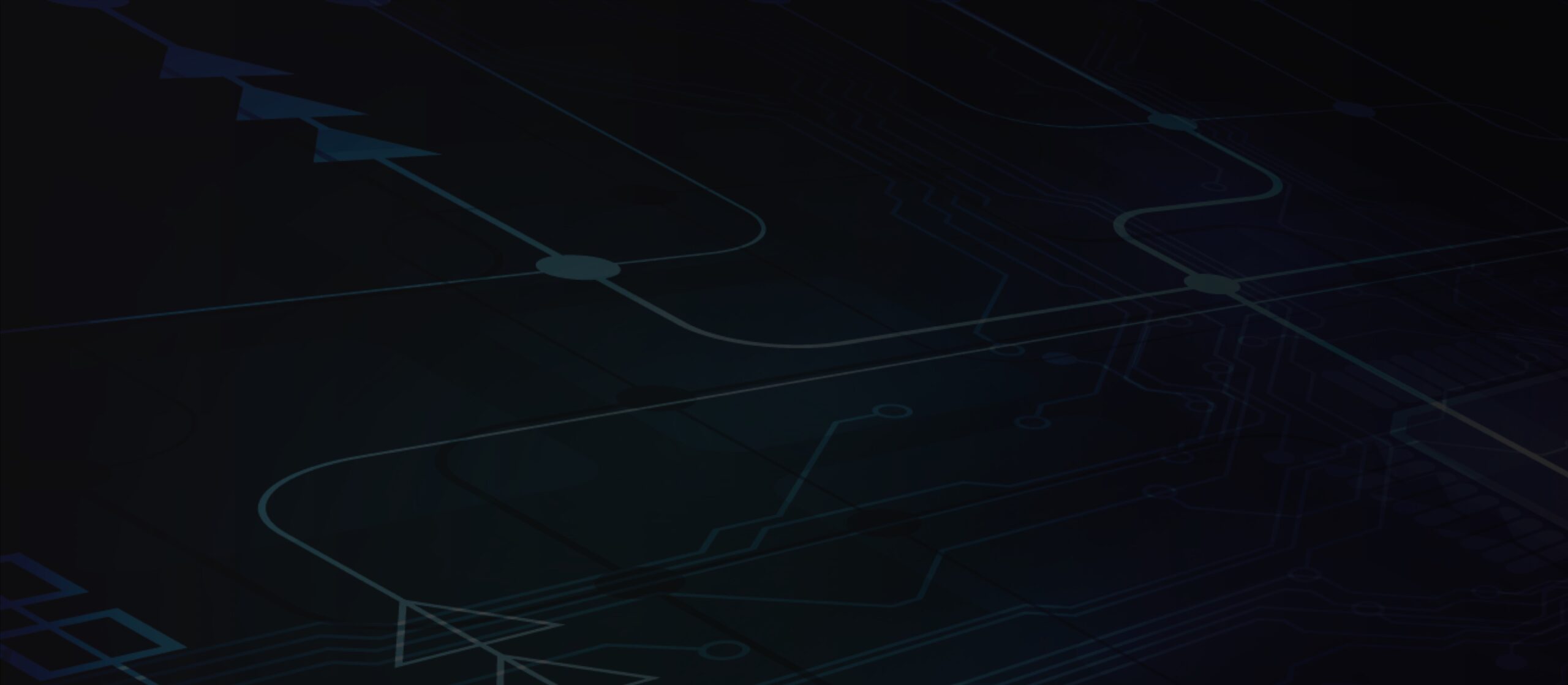
Bringing objectivity to your decisions
Giving teams visibility, managers are enabled to increase the velocity of development teams without risking code quality.
out of 10 of the worlds biggest banks
of the S&P Top 50 Companies
of the Fortune 50 Companies